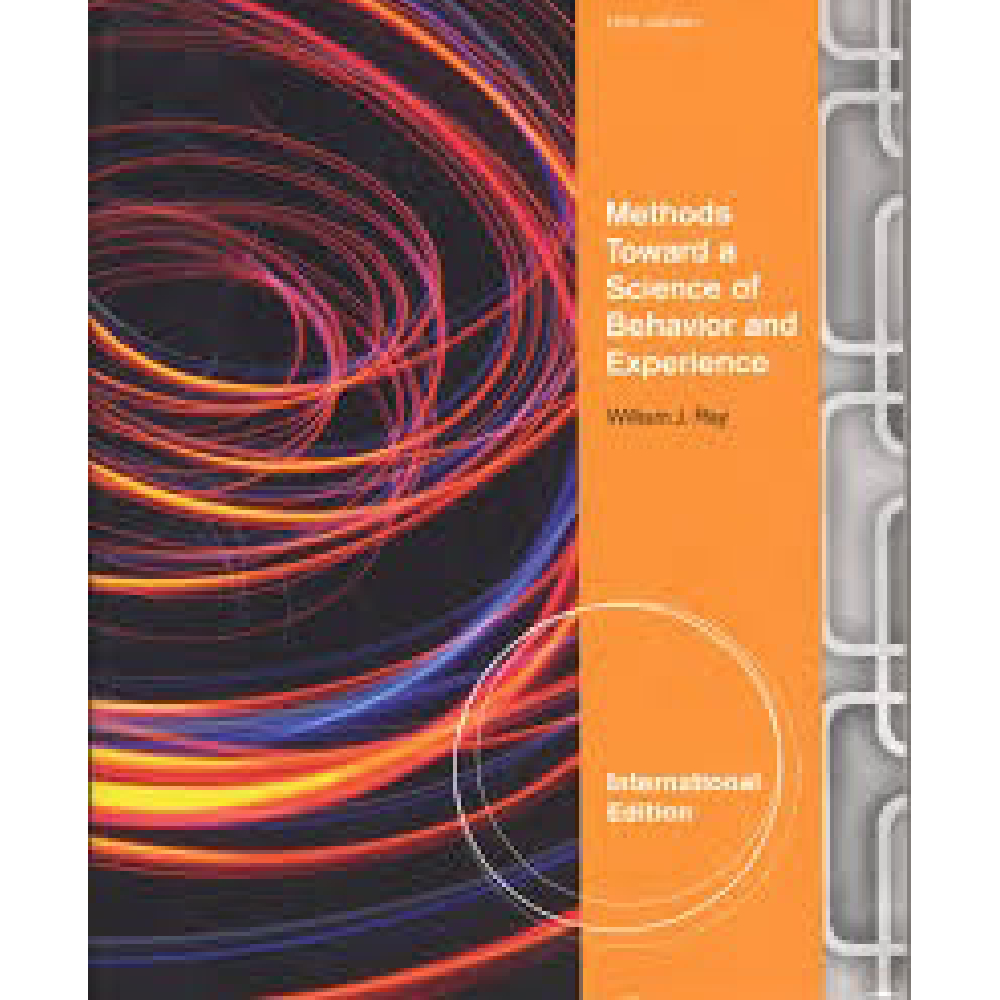Methods Toward A Science Of Behavior And Experience 10th International Edition By William J. Ray – Test Bank
$55.00
Methods Toward A Science Of Behavior And Experience 10th International Edition By William J. Ray – Test Bank
You will receive this product within 24 hours after placing the order
Methods Toward a Science of Behavior and Experience 10th International Edition by William J. Ray – Test Bank
MULTIPLE CHOICE
1. Quasi-experimental research, correlational procedures, and naturalistic observation are all examples of:
a. research conducted outside the laboratory.
b. mixed designs.
c. closed systems.
d. procedures with high internal validity.
ANS: A PTS: 1 REF: Introduction
2. Quasi-experimental research:
a. tends to have greater internal validity than true experimental research.
b. tends to have greater external validity than true experimental research.
c. does not differ from true experimental research in internal and external validity.
d. is less relevant than true experimental research.
ANS: B PTS: 1 REF: Introduction
3. An environment in which important variables can be controlled is called a(n):
a. open system.
b. closed system.
c. quasi-experimental design.
d. field experiment.
ANS: B PTS: 1 REF: Closed and Open Systems
MSC: WWW
4. For a study conducted in a closed system, there is ____ compared to an open system.
a. more control
b. less control
c. more external validity
d. less internal validity
ANS: A PTS: 1 REF: Closed and Open Systems
5. The question of whether results of an experiment generalize to other groups, settings, and participants is a question of:
a. external validity.
b. ecological validity.
c. internal validity.
d. experimental control.
ANS: A PTS: 1 REF: Closed and Open Systems
6. One of the concerns regarding internal versus external validity is the trade-off between:
a. correlation and causation.
b. main effects and interaction effects.
c. inferential and descriptive statistics.
d. control and more real world relevancy.
ANS: D PTS: 1 REF: Closed and Open Systems
7. Research is conducted in the field rather than in the laboratory in order to:
a. increase experimental control.
b. rule out alternative explanations.
c. answer more complex questions about psychological processes.
d. all of these
ANS: C PTS: 1 REF: Closed and Open Systems
8. As experimental control increases:
a. external validity decreases.
b. external validity increases.
c. the more relevant the study to real-world problems.
d. we become less able to rule out alternative hypotheses.
ANS: A PTS: 1 REF: Closed and Open Systems
9. As we move from the laboratory to real-life situations to conduct research, we move in a direction of:
a. greater precision.
b. greater relevance.
c. greater external validity.
d. both greater relevance and greater external validity.
ANS: D PTS: 1 REF: Closed and Open Systems
10. As we move from real-life situations to the laboratory to conduct research, we move in a direction of:
a. lesser precision.
b. lesser relevance.
c. lesser external validity.
d. both lesser relevance and lesser external validity.
ANS: D PTS: 1 REF: Closed and Open Systems
MSC: WWW











Reviews
There are no reviews yet.